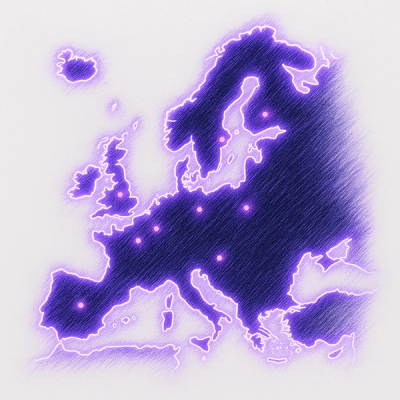Alice





Alice is an additive dependency injection container for Golang.
Philosophy
Design philosophy behind Alice:
- The application components should not be aware of the existence of a DI container.
- Use static Go files to define the object graph.
- Developer has the freedom to choose the way to initialize objects.
Install
$ go get github.com/magic003/alice
Usage
Alice is inspired by the design of Spring JavaConfig.
It usually takes 3 steps to use Alice.
Define modules
The instances to be managed by the container are defined in modules. There could be multiple modules organized by the functionality of the instances. Modules are usually placed in a separate package.
A typical module looks like this:
type ExampleModule struct {
alice.BaseModule
Foo Foo `alice:""`
Bar Bar `alice:"Bar"`
Baz Baz
}
func (m *ExampleModule) InstanceX() X {
return X{m.Foo}
}
func (m *ExampleModule) InstanceY() Y {
return Y{m.Baz}
}
A module struct must embed the alice.BaseModule struct. It allows 3 types of fields:
- Field tagged by
alice:"". It will be associated with the same or assignable type of instance defined in other modules.
- Field tagged by
alice:"Bar". It will be associated with the instance named Bar defined in other modules.
- Field without
alice tag. It will not be associated with any instance defined in other modules. It is expected to be provided when initializing the module. It is not managed by the container and could not be retrieved.
It is also common that no field is defined in a module struct.
Any public method of the module struct defines one instance to be intialized and maintained by the container. It is required to use a pointer receiver. The method name will be used as the instance name. The return type will be used as the instance type. Inside the method, it could use any field of the module struct to create new instances.
Create container
During the bootstrap of the application, create a container by providing instances of modules.
m1 := &ExampleModule1{}
m2 := &ExampleModule2{...}
container := alice.CreateContainer(m1, m2)
It will panic if any module is invalid.
Retreive instances
The container provides 2 ways to retrieve instances: by name and by type.
instanceX := container.InstanceByName("InstanceX")
instanceY := container.Instance(reflect.TypeOf((Y)(nil)))
It will panic either if no instance is found or if multiple matched types are found.
Example
A dummy example using Alice.






